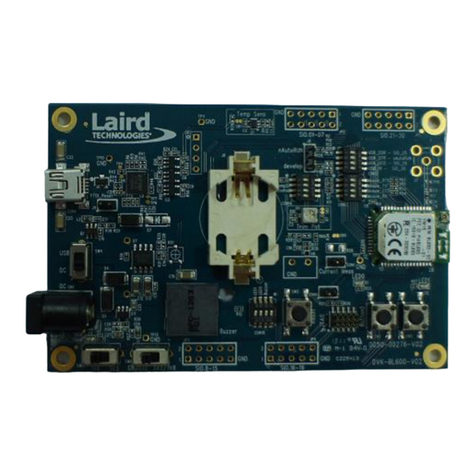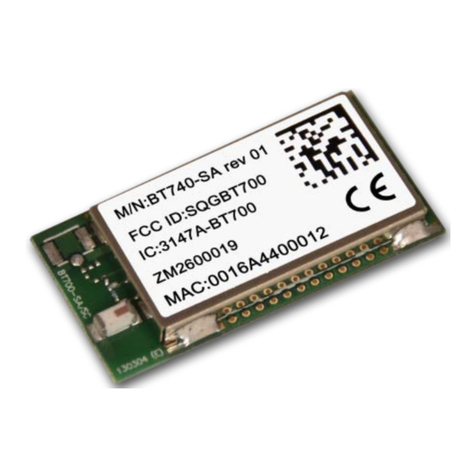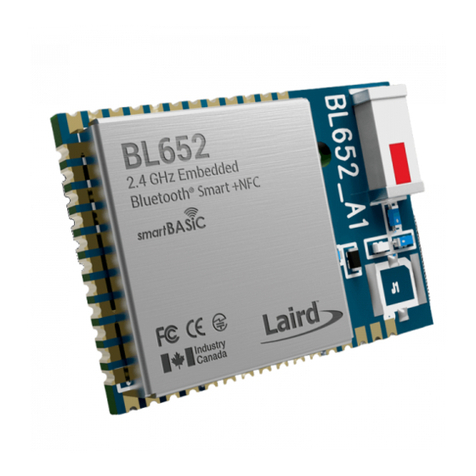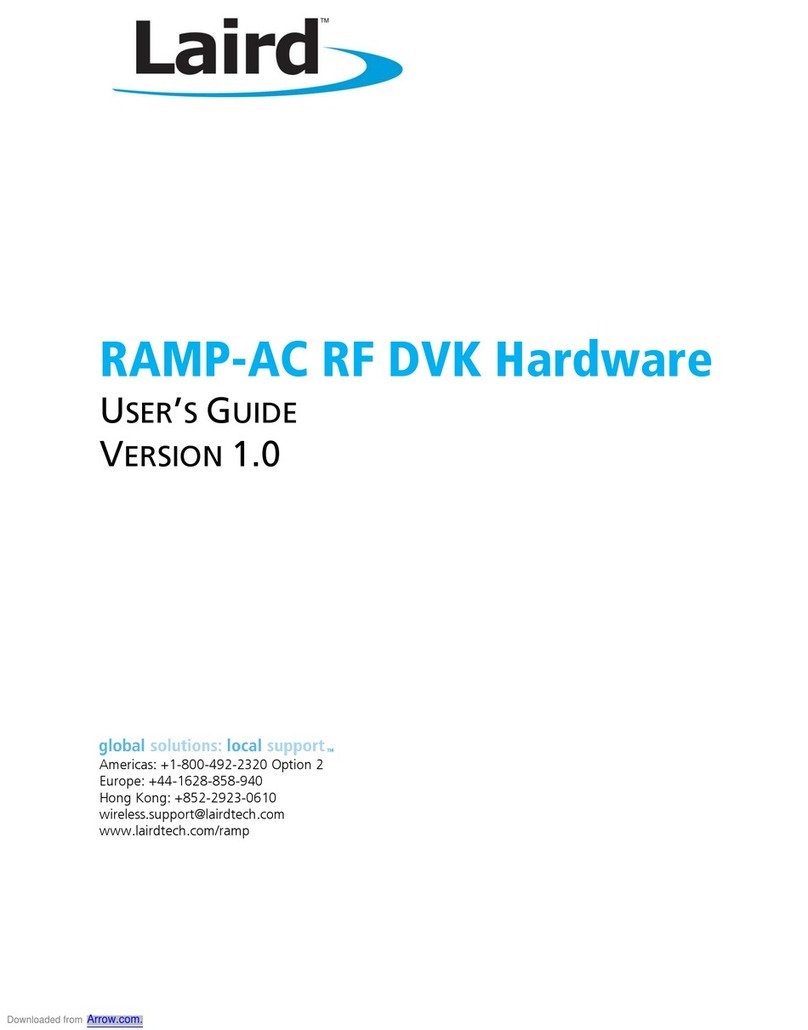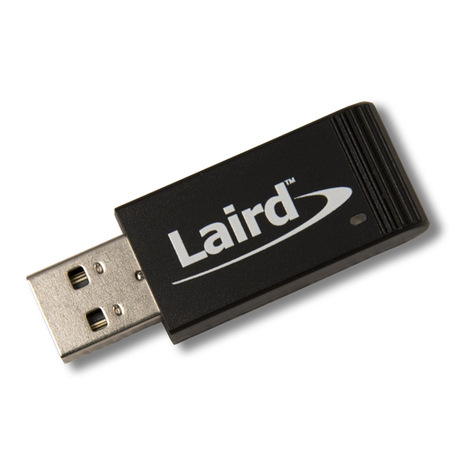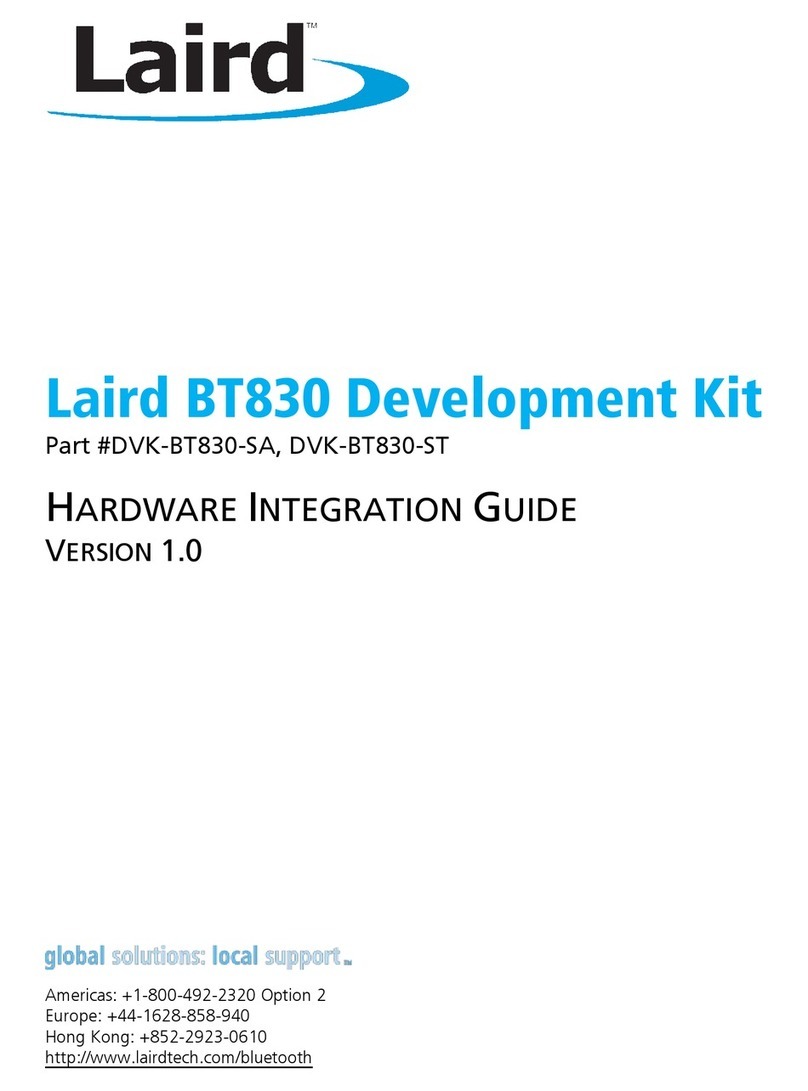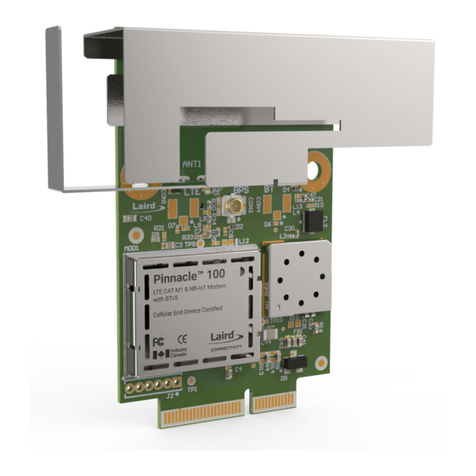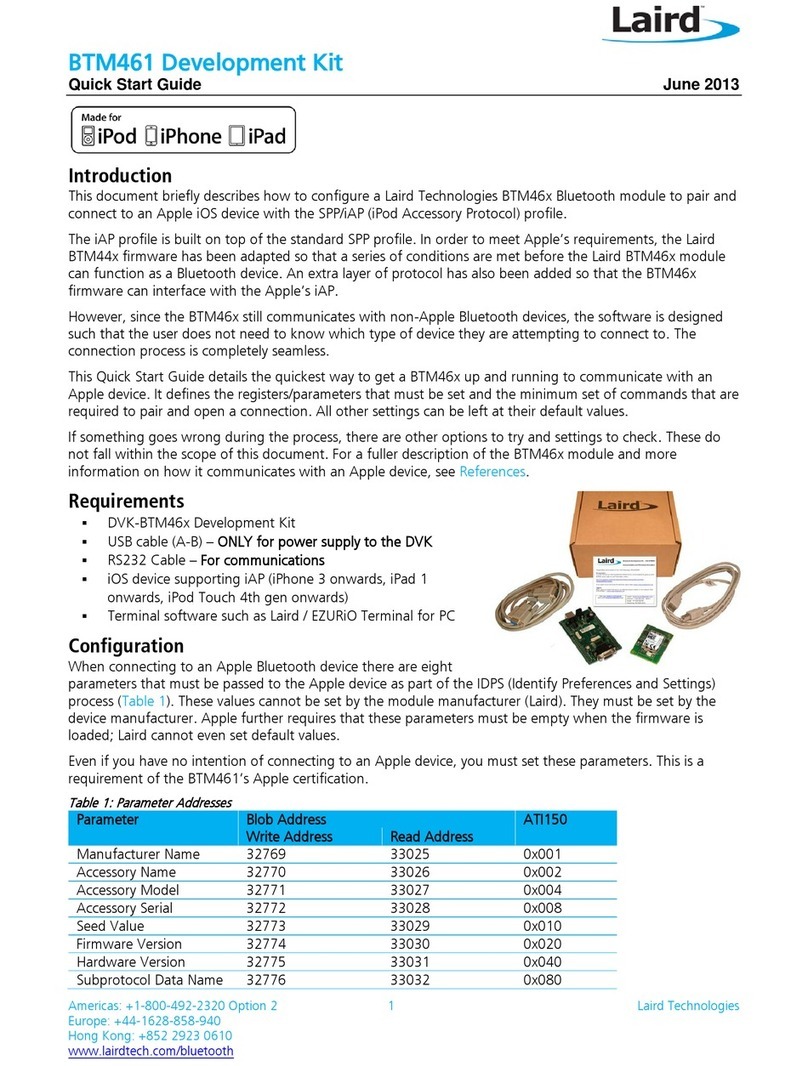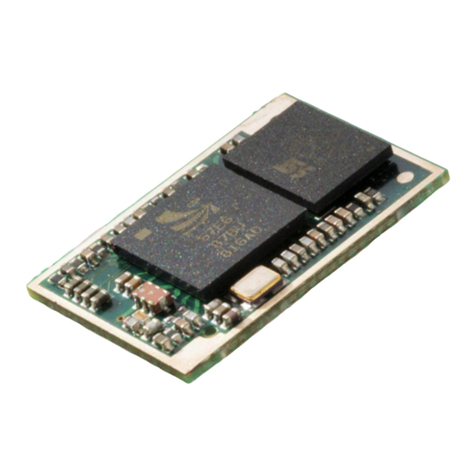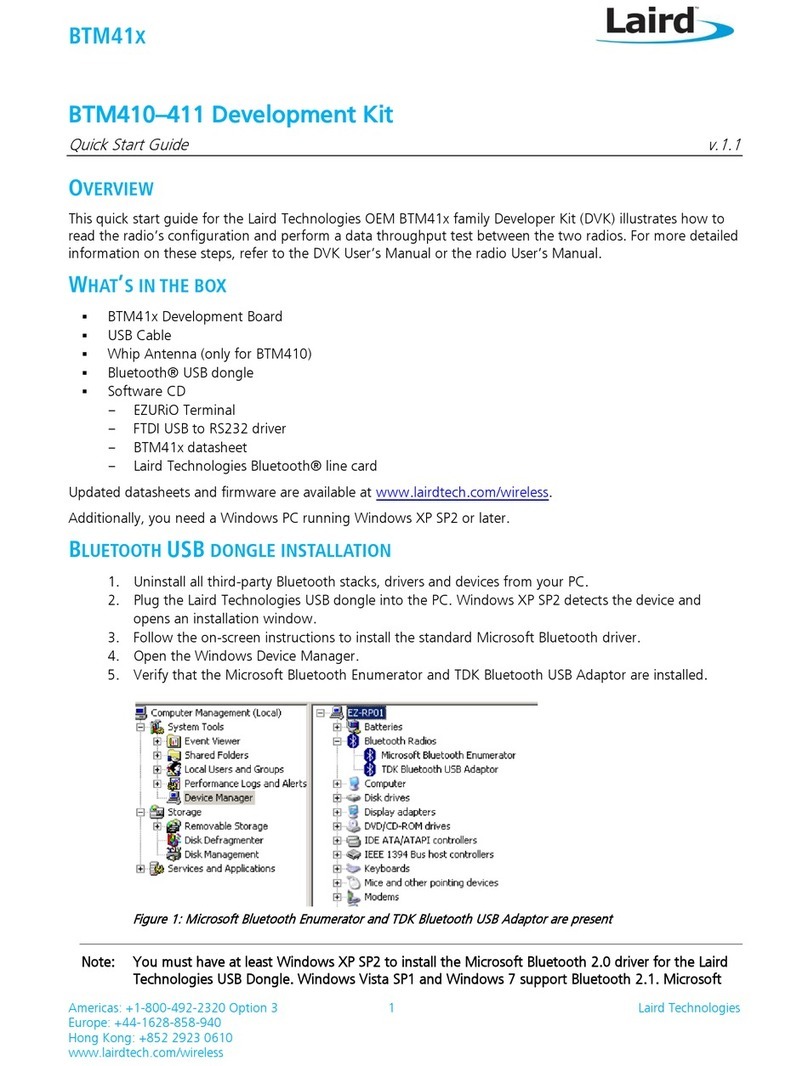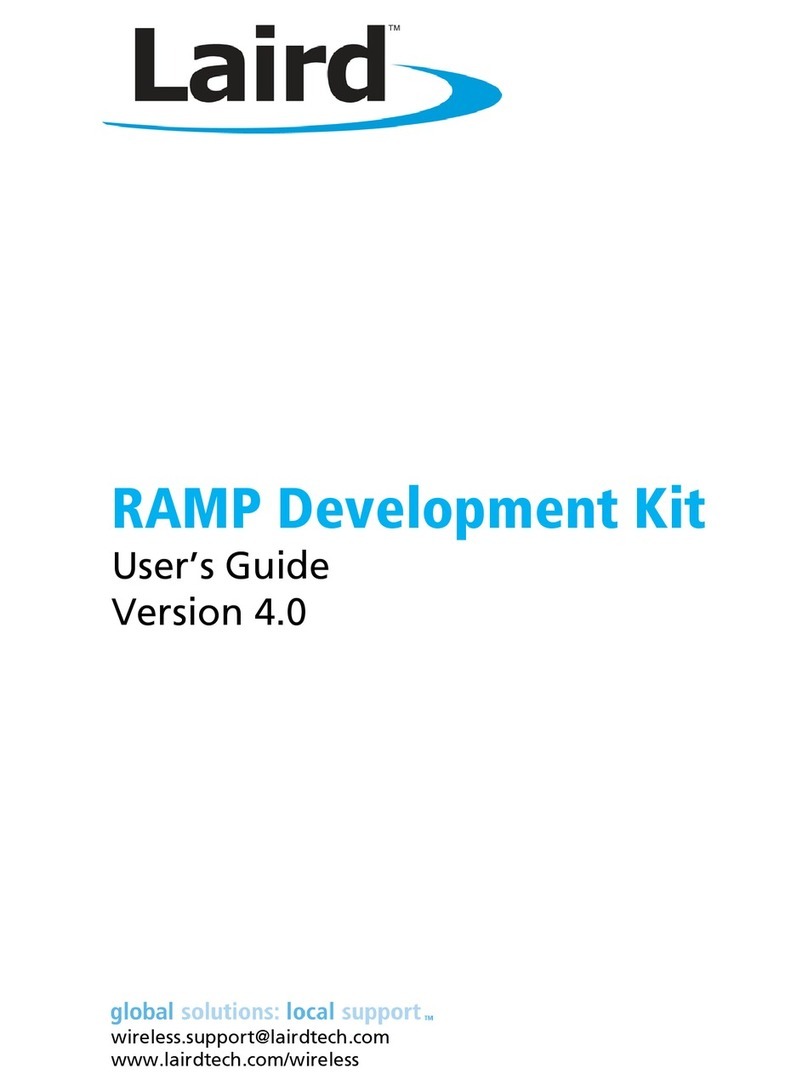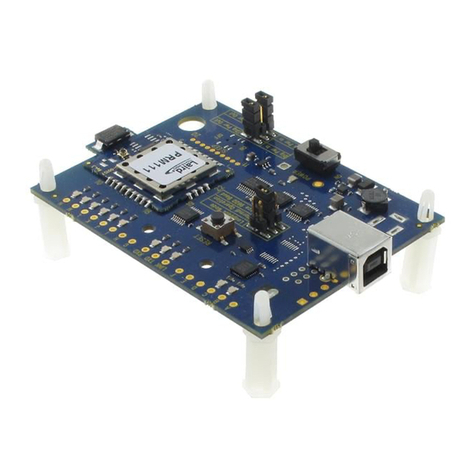CONTENTS
1. Overview.............................................................................................................................................................4
1.1 Introduction................................................................................................................................................4
1.2 Package Contents .......................................................................................................................................4
2. M.2 Development Kit –Main Development Board............................................................................................4
1.3 Key Features ...............................................................................................................................................5
1.4 Understanding the Development Board ....................................................................................................6
3. Functional Blocks................................................................................................................................................7
1.5 Pin Definitions ............................................................................................................................................7
1.5.1 M.2 Key-E Socket ................................................................................................................................7
1.5.2 SDIO-Pin Header .................................................................................................................................9
1.5.3 PCIe Golden Finger .......................................................................................................................... 10
1.6 Power Supply........................................................................................................................................... 11
1.7 Tact Switch............................................................................................................................................... 12
1.7.1 PCIE_W_DISABLE_N (SW5).............................................................................................................. 13
1.7.2 PDn (SW6)........................................................................................................................................ 13
1.7.3 PMU_EN (SW7)................................................................................................................................ 14
1.8 4-wire UART Serial Interface ................................................................................................................... 14
1.8.1 UART Mapping................................................................................................................................. 14
1.8.2 UART Interface Driven by USB......................................................................................................... 14
1.8.3 UART Interface Driven by External Source ...................................................................................... 15
1.9 32.768 KHz Oscillator............................................................................................................................... 15
1.10 PCM ......................................................................................................................................................... 16
1.11 LTE Coexistence ....................................................................................................................................... 16
1.12 LED Indicator ........................................................................................................................................... 17
4. Additional Documentation .............................................................................................................................. 17
5. Appendix.......................................................................................................................................................... 17


